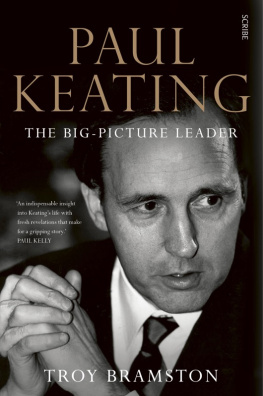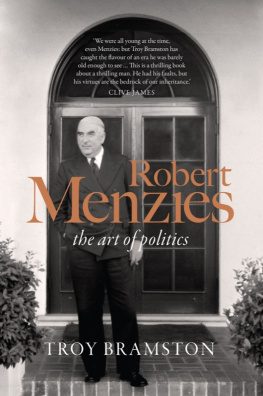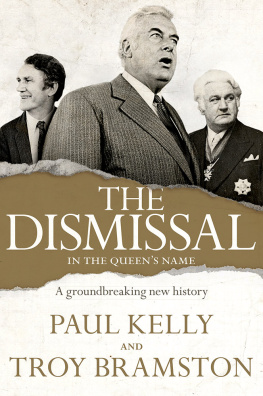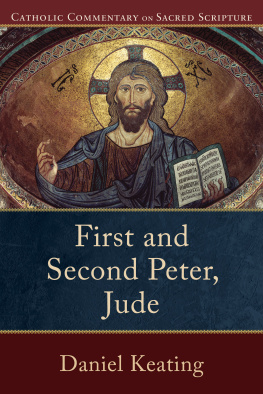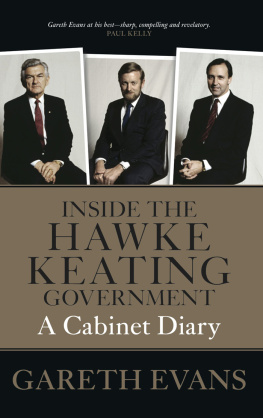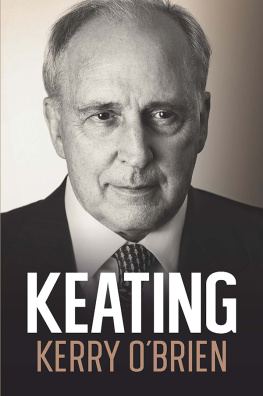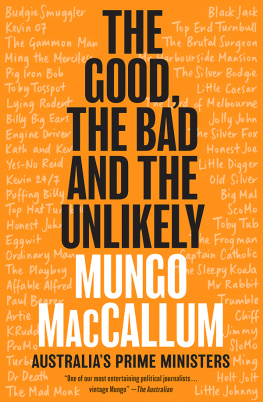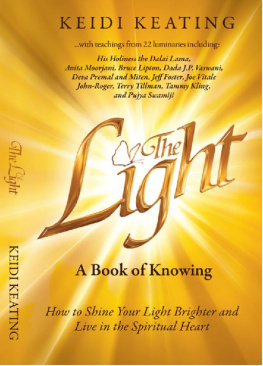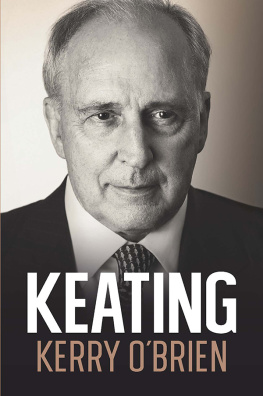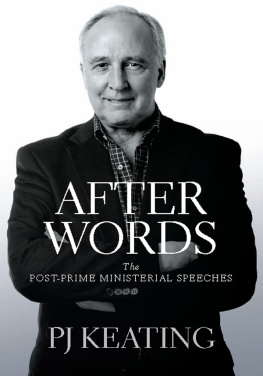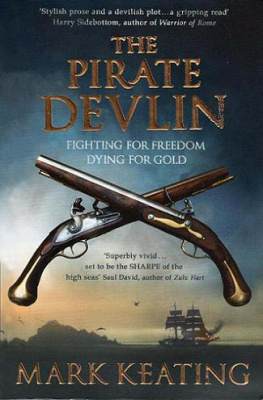Troy Bramston - Paul Keating: The Big-Picture Leader
Here you can read online Troy Bramston - Paul Keating: The Big-Picture Leader full text of the book (entire story) in english for free. Download pdf and epub, get meaning, cover and reviews about this ebook. year: 2016, publisher: Scribe Publications Pty Ltd, genre: Politics. Description of the work, (preface) as well as reviews are available. Best literature library LitArk.com created for fans of good reading and offers a wide selection of genres:
Romance novel
Science fiction
Adventure
Detective
Science
History
Home and family
Prose
Art
Politics
Computer
Non-fiction
Religion
Business
Children
Humor
Choose a favorite category and find really read worthwhile books. Enjoy immersion in the world of imagination, feel the emotions of the characters or learn something new for yourself, make an fascinating discovery.
- Book:Paul Keating: The Big-Picture Leader
- Author:
- Publisher:Scribe Publications Pty Ltd
- Genre:
- Year:2016
- Rating:3 / 5
- Favourites:Add to favourites
- Your mark:
Paul Keating: The Big-Picture Leader: summary, description and annotation
We offer to read an annotation, description, summary or preface (depends on what the author of the book "Paul Keating: The Big-Picture Leader" wrote himself). If you haven't found the necessary information about the book — write in the comments, we will try to find it.
LONGLISTED FOR THE 2017 AUSTRALIAN BOOK INDUSTRY AWARDS, BIOGRAPHY BOOK OF THE YEAR
Paul Keating: the big-picture leader is the definitive biography of Australias 24th prime minister, and the first that Keating has cooperated with in more than two decades.
Drawing on around 15 hours of new interviews with Keating, coupled with access to his extensive personal files, this book tells the story of a political warriors rise to power, from the outer suburbs of Sydney through Young Labor and into parliament at just 25 years of age; serving as a minister in the last days of the Whitlam government; his path-breaking term as treasurer in the 1980s; his four-year prime ministership from 1991 to 1996; and his passions and interests since.
Bramston has interviewed more than 100 people who know and worked with Keating, including his family, parliamentary colleagues, advisers, party officials, union leaders, public servants, and journalists. This book includes interviews with Gough Whitlam, Malcolm Fraser, Bob Hawke, John Howard, Kevin Rudd, Julia Gillard, Tony Abbott, Doug Anthony, Bill Hayden, Andrew Peacock, Ian Sinclair, John Hewson, Alexander Downer, Peter Costello, Kim Beazley, Simon Crean, Cheryl Kernot, and Bob Carr.
Bramston has secured access to Labor archives, and he also documents key debates in once-secret cabinet papers, reveals caucus minutes for the first time, draws on the unpublished diaries of Neal Blewett and Bob Carr, discloses meeting records from the archives of US presidents George H.W. Bush and Bill Clinton, talks to former British prime minister Tony Blair, and shares his new discoveries from the personal files of Gough Whitlam, Bill Hayden, Bob Hawke, and John Howard.
Paul Keating saw political leadership as the combination of courage and imagination, a belief that powered his public career and helps explain his extraordinary triumphs and crushing lows. Keating blazed a trail of reform with a vision for Australias future that still attracts ardent admirers and the staunchest critics. This book chronicles, analyses, and interprets Keatings life, and draws lessons for a Labor Party and a country still reluctant to fully embrace his legacy.
PRAISE FOR TROY BRAMSTON
Warm [and] massively researched ... This consistently compelling biography demonstrates Paul Keating was a leader like no one else. The Age
[Bramstons] achievement is to provide a fresh account of Keatings career ... The result is a work that renders homage to Keating and to his ideas about leadership, power, and the nation. The Weekend Australian
Troy Bramston: author's other books
Who wrote Paul Keating: The Big-Picture Leader? Find out the surname, the name of the author of the book and a list of all author's works by series.

